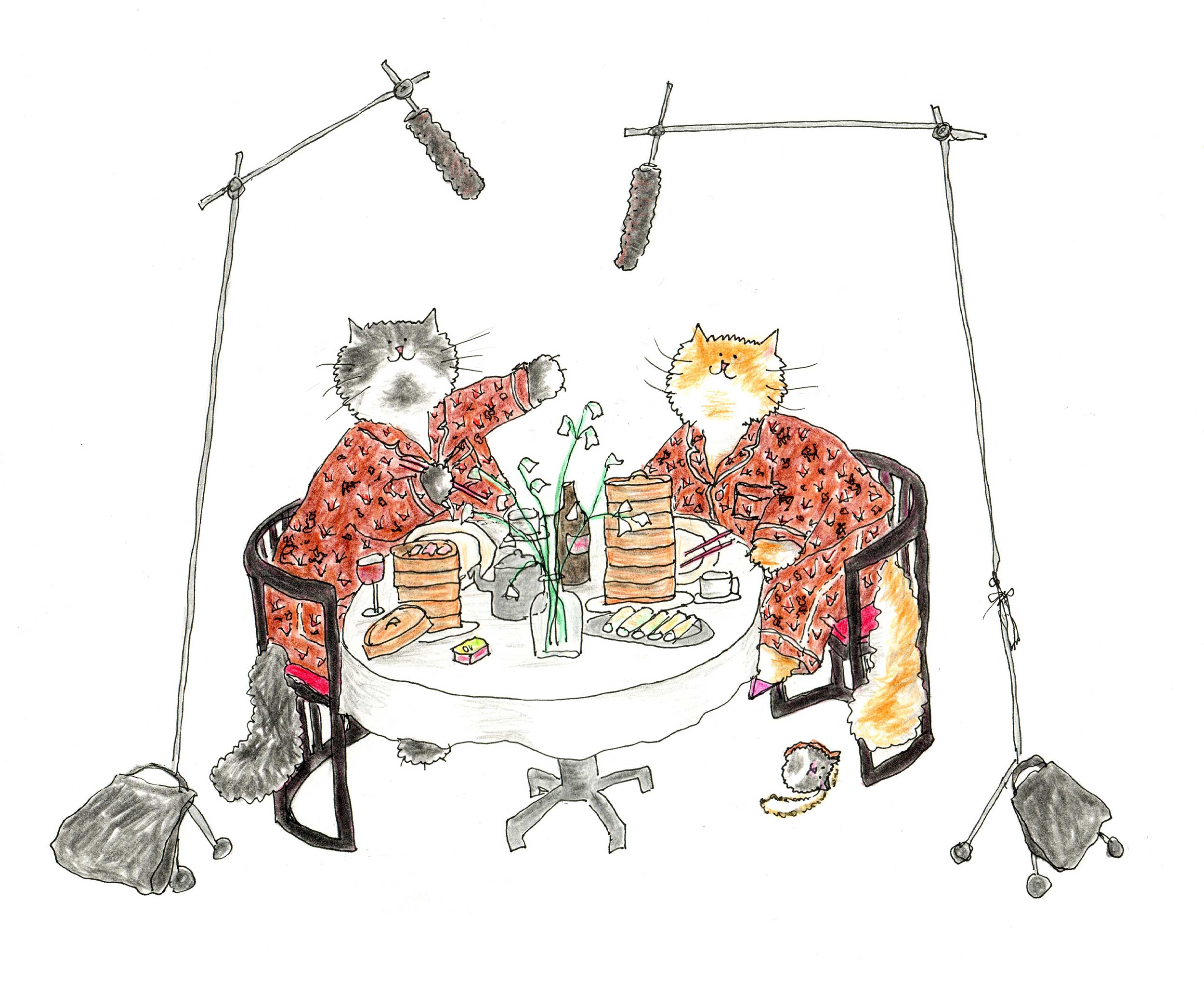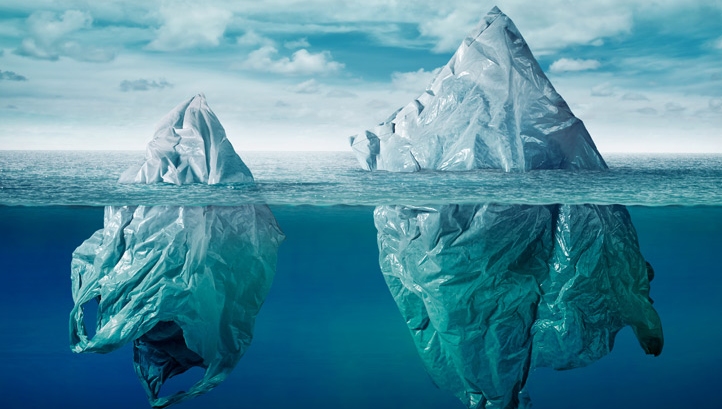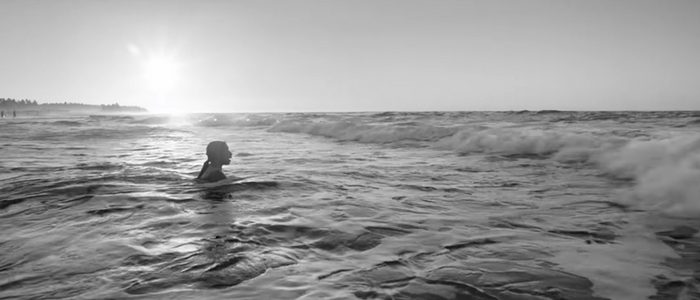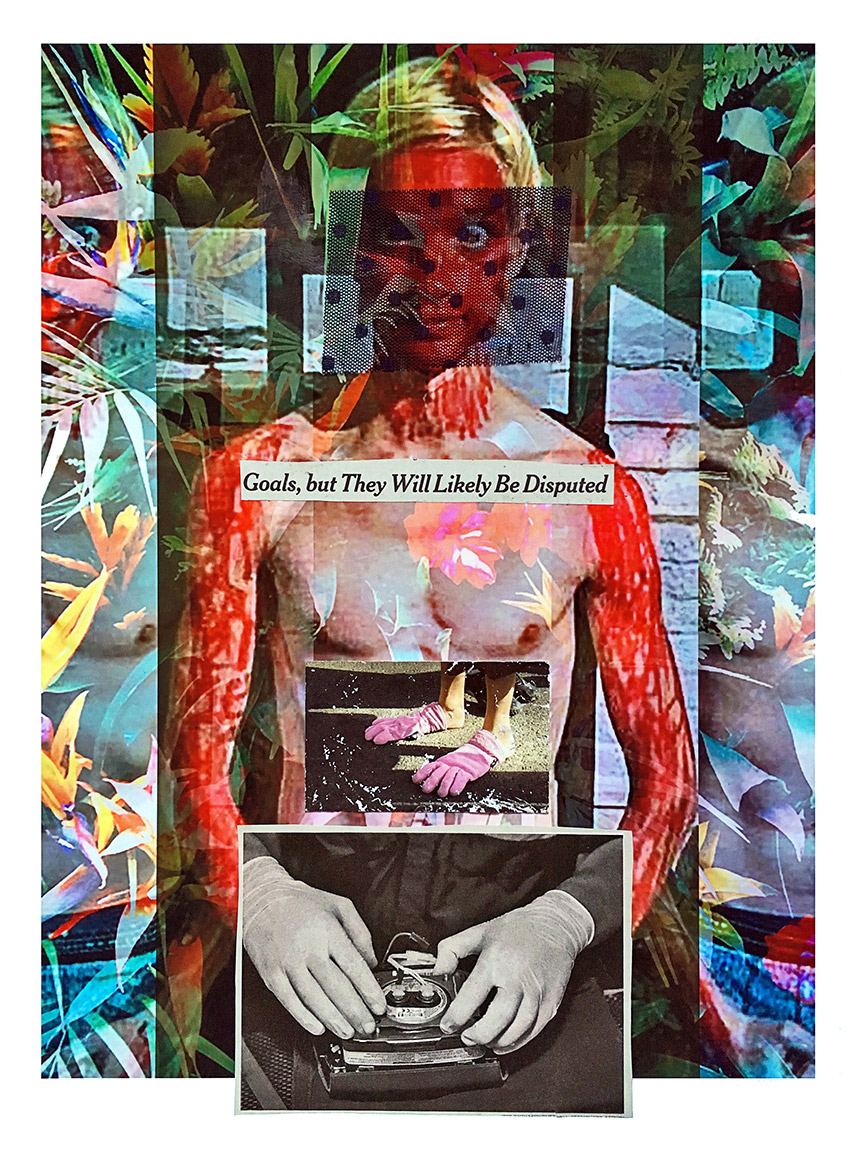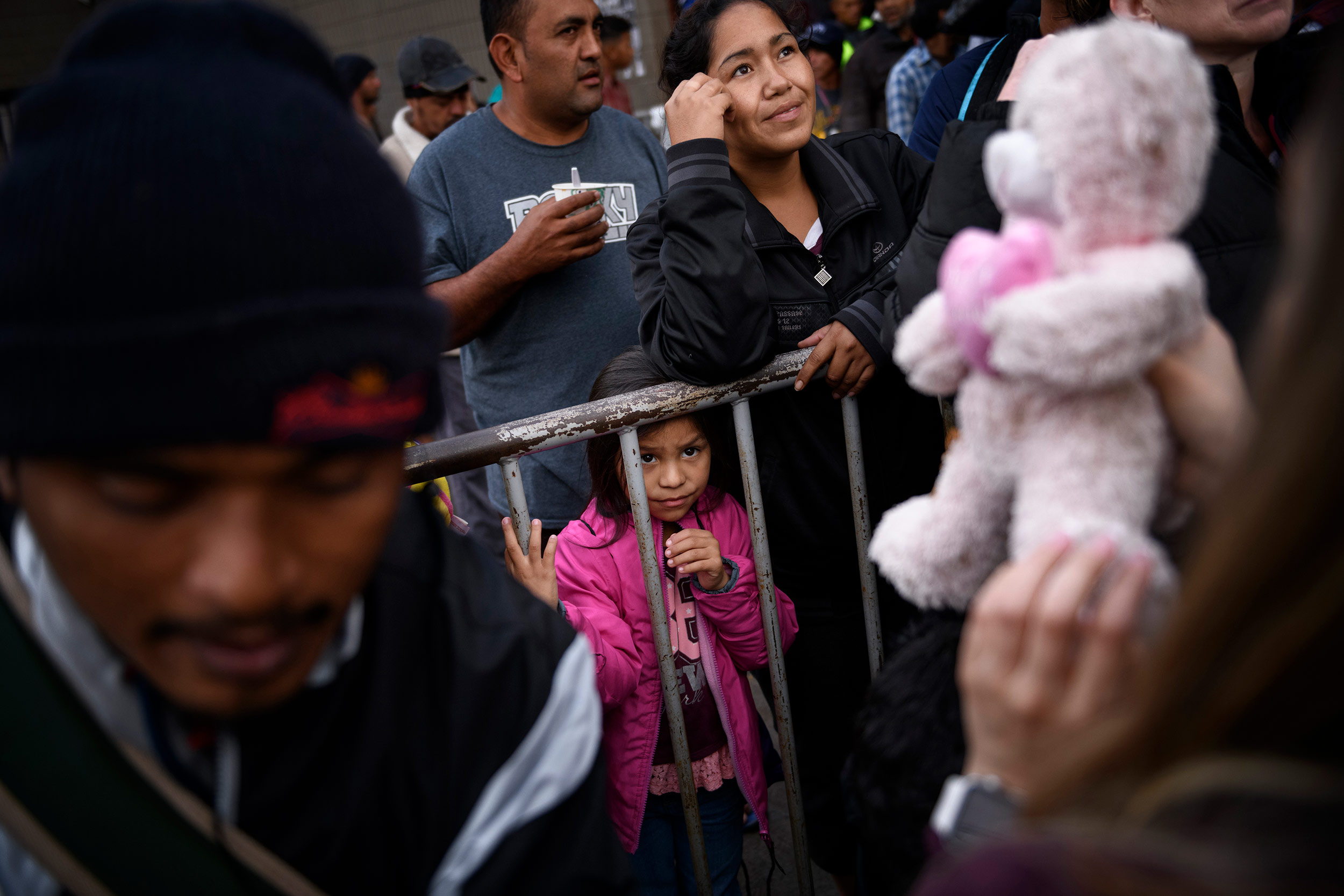
We asked a few of our favorite creative collaborators to recap a long year in a single photo, screenshot, or cat sketch.
We live in an image-saturated world, but the earth isn’t sinking because of Instagram. And powerful visuals often keep us afloat—suggesting ways to innovate ourselves our of existing problems or at least feel optimistic about the future of humanity. True, most of those we end up seeing have been reproduced and altered so innumerably that they’re different beasts entirely, digitized into sequences of numbers and thrust in front of our eyeballs to sell new iPhones and new ideologies. Photographs once shocking enough to shape foreign policy fade into oblivion within months, while works art from the 1400s are still so overwhelming as to induce heart attacks centuries later. The simplest images—a film still, a screenshot of a friend’s text message, a stranger’s wobbly sketch on a cocktail napkin—can anchor us during turbulent moments or help us transcend the present entirely. As the world goes up in flames, so does the value of fantasy skyrocket.
In the face of events consequential for the entire planet all at once, it’s often one person or one community that illuminates an alternative to our current way of thinking—like the young climate activists on the frontlines in Alaska, where photographer Laurence Ellis traveled for Document’s Fall/Winter 2018 issue to bring us haunting, human stories from the northernmost state’s “ground zero” for climate change. “I wanted to avoid the usual cultural stereotypes or manner in which these communities are often portrayed,” said Ellis. “I wanted to establish an emotive understanding about these peoples’ strong connection to these places they call home, which in many ways are not so dissimilar from other towns in America, and which are now threatened with partial or complete relocation or destruction within a matter of years—or, in some cases, months.”
For creative polymath Virgil Abloh, who collaborated with Ryan McGinley on a remarkable cover shoot for that same issue, this year brought the realization of a lifelong personal dream—and a reason for the future generation of industry disruptors to keep chasing their own. Katharine K. Zarrella, who explored fashion’s perceived “newness” problem with journalist Richard Buckley, recently emailed Document a photo from Comme des Garçons’ Spring/Summer 2019 show, which took place just hours after Christine Blasey Ford’s heart-wrenching testimony before the Senate Judiciary Committee. “2018 was a year in which so many women found their voices, showed their strength, and held their ground—often after enduring a grave injustice,” she explained. “For me, this collection embodied that sentiment while also celebrating womanhood in all its glory.”
To mark the end of 2018, Document asked Abloh, Zarrella, and other contributors to attempt the impossible task of encapsulating the year in one image. We received iPhone photos, film stills, sketches, and surprisingly uplifting notes to carry us into the year ahead.
Grace Coddington—”This year was a year of firsts for me. A TV series on M2M called Face to Grace and a catogram collaboration with Louis Vuitton and Nicolas Ghesquière—not to mention numerous shoots with Document Journal.”
Anders Sølvsten Thomsen—“[This image is about] the effect that plastic is having on our oceans and wildlife. I was watching the BBC documentary Drowning in Plastic, and I realized how naive I had been and how extreme the effects are. I was traveling around islands in Malaysia in the summer, and all the islands struggled to get rid of the tons of waste left behind by tourists. Every night we could smell burnt plastic.
So 2018 was a year where I upped my recycling and trying to be a lot more responsible and re-use what I can. I bought my first Soda Stream, and I swear it has changed my life for the better.”
Virgil Abloh—“For me, the one thing was my Document story with Ryan McGinley. It embodied a lifetime of work through the lens of an artist that I admire.”
Katharine K. Zarrella—“Comme des Garcons’ Spring/Summer 2019 show, which walked the runway in Paris back in September, really summed up 2018 for me. The intimate outing featured models marching solemnly in padded bodysuits that resembled pregnant bellies or with chain harnesses that hung over their bodies and dangled from their ankles and wrists. Designer Rei Kawakubo is a woman of few words and did not directly address the meaning behind these powerful wares, but as I sat there, mouth agape, the power of womanhood is what came to mind. 2018 was a year in which so many women found their voices, showed their strength, and held their ground—often after enduring a grave injustice. For me, this collection embodied that sentiment while also celebrating womanhood in all its glory. 2018 was the year women asserted that we will not be shackled in any way, shape, or form. And while some of Kawakubo’s models walked with chains clanking, they were untethered—they’d broken free.”
Tim Blanks—“This scene at the end of Alfonso Cuaron’s ROMA. The housekeeper Cleo can’t swim, but the kids she’s minding get into trouble, and she has no choice but to help. Every single thing about this sequence is overwhelming: the camerawork, the soundtrack, the emotion…and the dread. It was such a dread-filled year, and it all came together here. Something ominous and inevitable. Except that it wasn’t inevitable. Onscreen, compassion and love trumped dread. As in art, so in life. That’s a new year’s wish.”
Ryker Allen—“It’s so cheesy, but the last year really was one of a fresh start and a pivot in identity and place. 2018 socially and politically was a struggle, but through trust and trial I was able to find strength to make it by refreshed and ready for the next year.”
Slava Mogutin—”Some highlights from this past year for me include a book signing at MoMA Design Store for my latest photography monograph, Bros & Brosephines; an illustrated collection of spam poems, Pictures & Words, published by Straight to Hell Editions; a traveling exhibition Lost Boys at Galerie Kernweine in Stuttgart, Germany; an artist residency at the Museum of Human Achievement in Austin, Texas; spoken word performances in Berlin, New York, and L.A.; collaborations with Paul Soileau a.k.a. CHRISTEENE, Patrick Church, and Sean Ford; a capsule collection for Helmut Lang based on my Stock Boyz series; XXX FILES, an online exhibition addressing censorship in America in collaboration with Tom of Finland Store; and a Tom of Finland Foundation Award for Artistic Achievement.”
The following is a poem from Slava’s upcoming bilingual poetry book, Satan Youth, or The Rise of the Millennials, set to come out next spring.
“The New Normal”
Between hammer and sickle
Beyond good and evil
Between hell and heaven
Beyond any doubt or reason
Between dog and wolf
Between top and bottom
Between son and god
Beyond Jesus and Satan
Between god and dog
Between face and scrotum
Between dad and son
Beyond fandom and femdom
Between lines and linens
Between lions and hyenas
Towards the new degeneracy
and upheaval
This is the new normal
at the very end of the receival
Between being totally dead
or immortal
Leonard Abrams—The image of a refugee child separated from its parent and imprisoned by our government epitomizes a national failure that, out of all of the current crop, I find hardest to face. It illustrates our inability to maintain one of our most basic characteristics: our existence as a place that absorbs and is fed by those who, like us, arrived here as a last resort, ready to sacrifice our youth and strength for the chance to live without the imminent threat of harm. The egregious cruelty served upon those who not only can least defend against it but are by the fact of their age at their most guileless and trusting, rips away the mask that obscures our ugliness. And the fact that the cruelty itself is accepted and even applauded in some places exposes a terrifying backwardness, an abortion of emotional development in a large swathe of our society.
Surely we who abhor this behavior can’t be faulted for it? But somehow we must share in the blame, if for no other reason than that we live here and it is done in our name. Those who perpetrate or acquiesce in the abuse of children see it as acceptable because they themselves at some point experienced abuse. We must find a way to lessen the suffering, and the emptiness, in our own society that allows for this kind of aggression to take form—for the sake of ourselves as well as for the rest of the world, the border between which, in reality, is a fiction.


